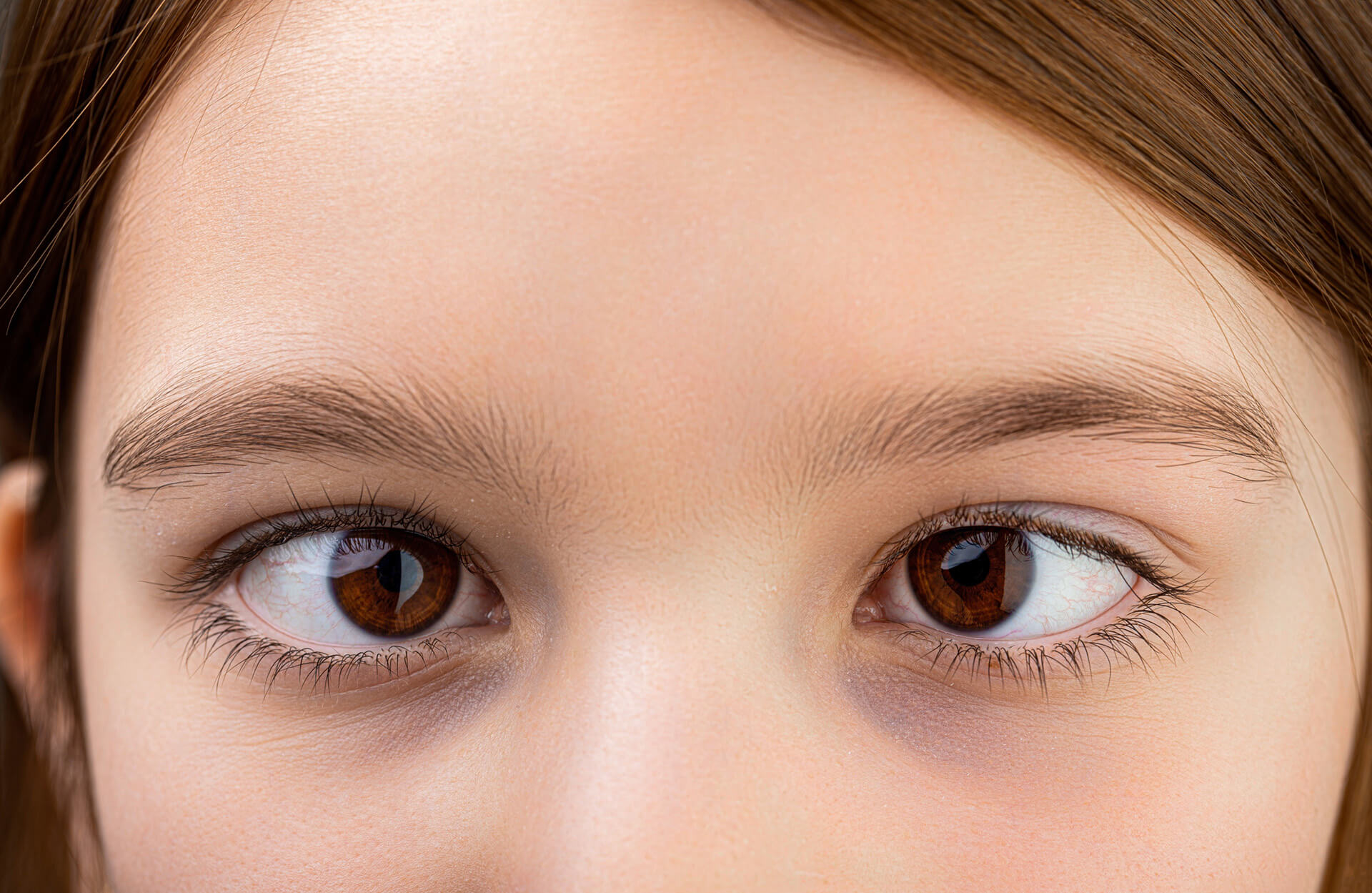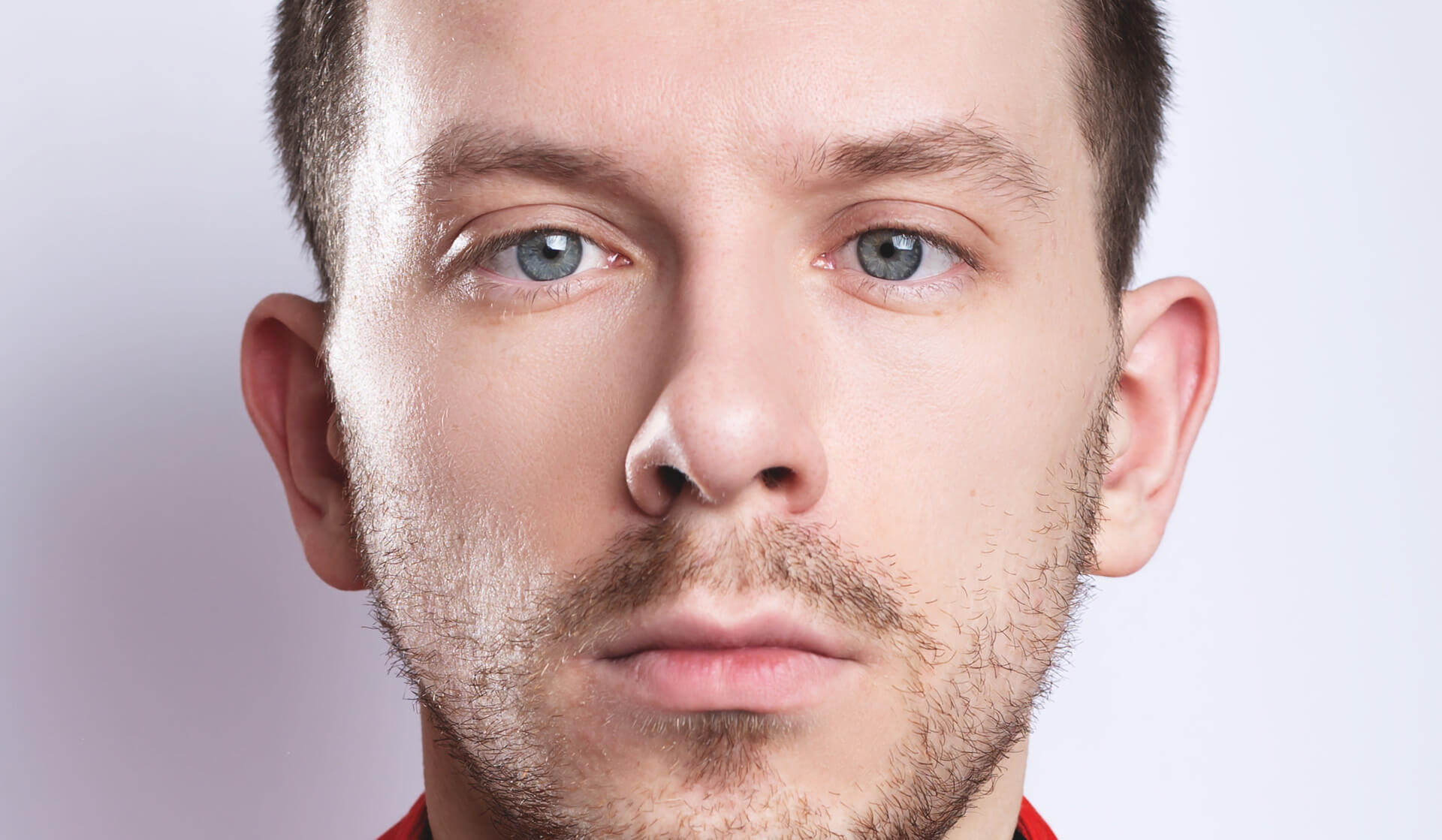
Crossed eyes, or strabismus, is a condition in which both eyes do not look at the same place at the same time. It usually occurs in people who have poor eye muscle control or are very farsighted.


Six muscles attach to each eye to control how it moves. The muscles receive signals from the brain that direct their movements. Normally the eyes work together so they both point at the same place. When problems develop with eye movement control, an eye may turn in, out, up or down. Eye turning may occur all the time or may appear only when the person is tired, ill, or has done a lot of reading or close work. In some cases, the same eye may turn each time. In other cases, the eyes may alternate turning.
Strabismus usually develops in infants and young children, most often by age three. Older children and adults can also develop the condition. People often incorrectly believe that a child with strabismus will outgrow the condition. Strabismus may get worse without treatment.

Pediatric ophthalmologists are specially trained to perform strabismus surgery safely and effectively on children’s eyes.
While the child is fully asleep under general anesthesia, the ophthalmologist makes a small cut in the tissue covering the eye to find the eye muscles inside the eye socket. The surgeon can weaken a muscle to make it pull less, or the surgeon can tighten a muscle to make it pull harder. This may need to be done in one or both eyes. Some children may need a second surgery to align their eyes.

To line up and focus both eyes on a single target, all muscles in both eyes must be balanced and working together. The brain controls these muscles. People who have strabismus usually have a problem that affects eye muscles. Some of those problems include:

With normal vision, both eyes aim at the same spot. The brain combines the two images from our eyes into a single, three-dimensional (3-D) image. This is how we can tell how near or far something is from us (called depth perception).
When one eye is out of alignment, two different pictures are sent to the brain. In a young child, the brain learns to ignore the image of the misaligned eye. Instead, it sees only the image from the straight or better-seeing eye. As a result, the child loses depth perception.
Adults who develop strabismus after childhood often have double vision. This is because their brains have already learned to receive images from both eyes. Their brains cannot ignore the image from the turned eye, so they see two images.
This is the most common treatment for strabismus. Surgery can improve eye alignment and help restore proper vision.
Typically, strabismus occurs when the muscles around the eyes are either too stiff or too weak. An ophthalmologist can loosen, tighten, or move certain eye muscles so that the eyes line up properly to work together. More than one surgery may be needed to treat strabismus.